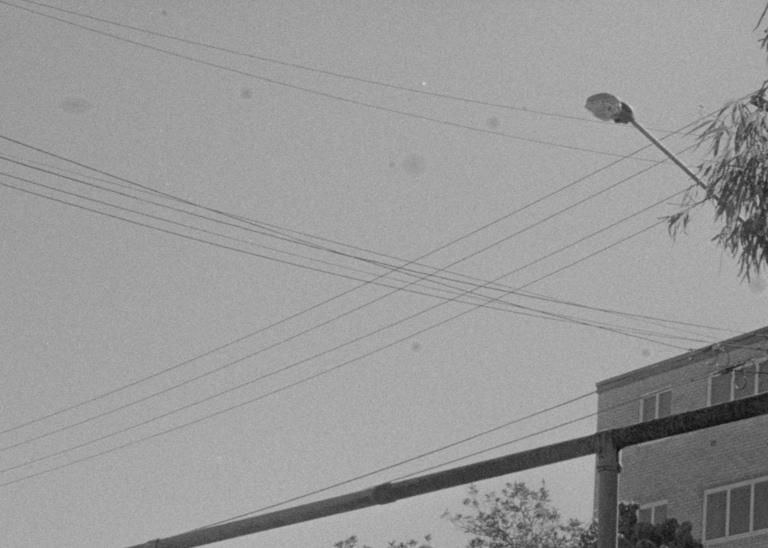FujiLove
Well-known
I read a darkroom book a while back where the author tried to produce an example of reticulation. Despite subjecting the (modern) film to crazy changes in temperature there was hardly any evidence of it and he basically gave up. So unless this emulsion has a very old fashioned recipe, it's much more likely to be bubbles in the developer.


